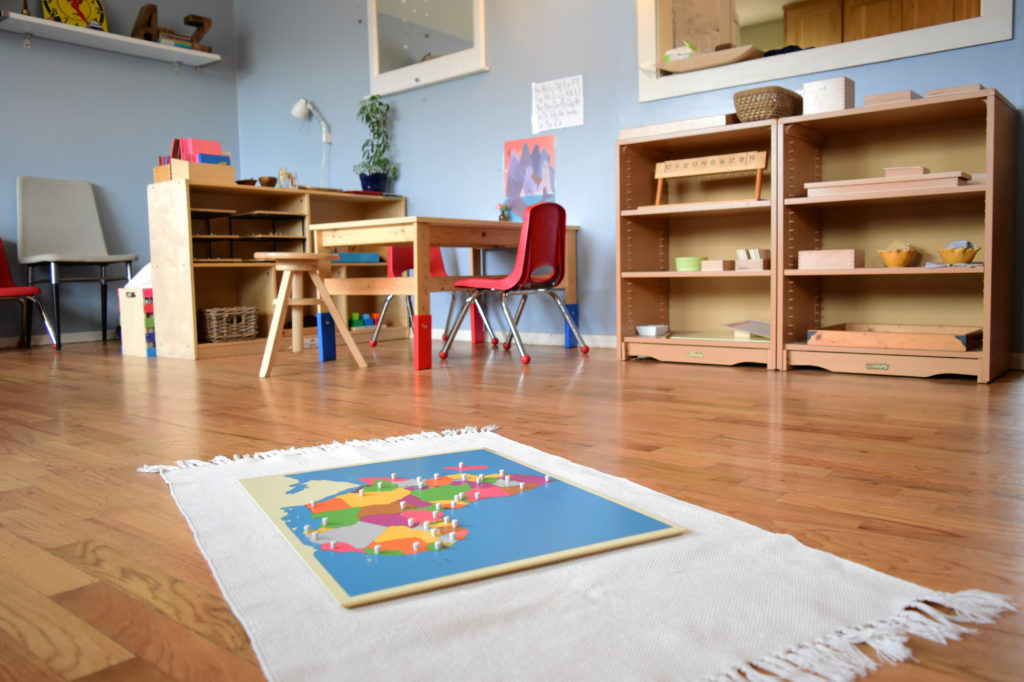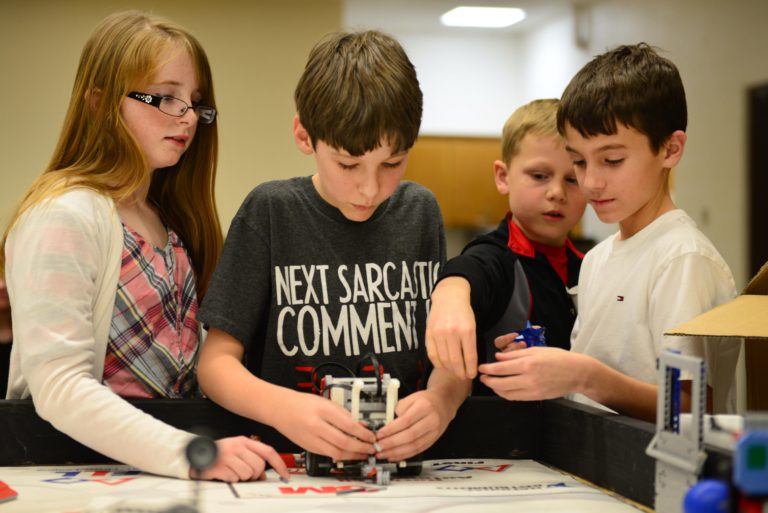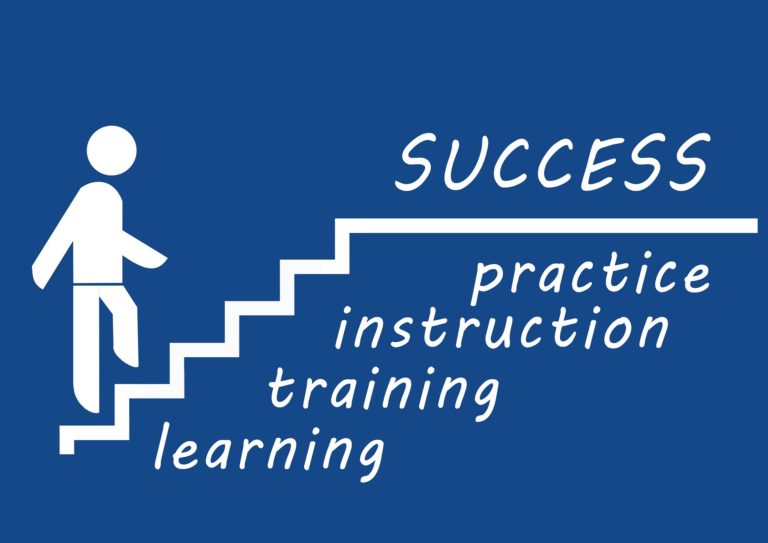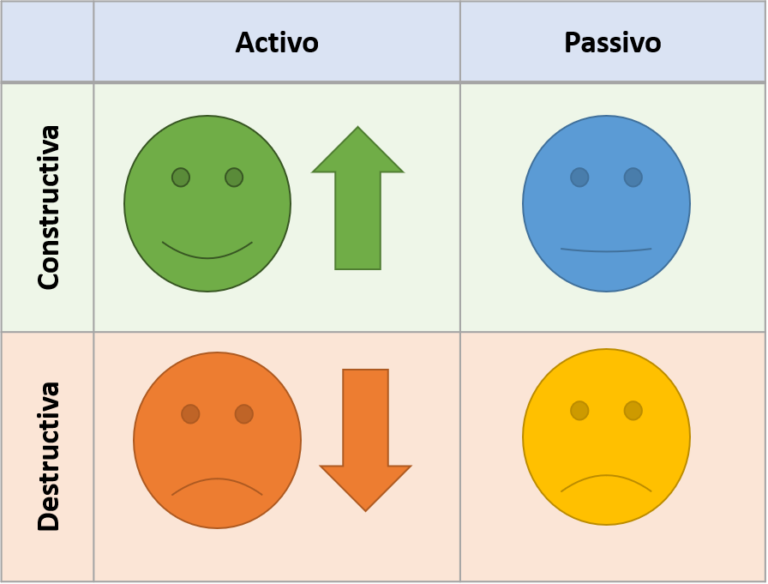
Pedagogies based on the development of thought present two main currents: Waldorf pedagogy and the scientific pedagogy of the Montessori school. Both models respect and emphasize the individual mental, spiritual, physical and psychological development, highlighting the importance of learning environments and the materials used in teaching. The most relevant factor is that both recognize the existence of different stages in the development of thought and identify a series of learning and experiences more appropriate and beneficial during each stage. These systems are centered on the student, the learning environments are highly structured with a teacher who has an active role.
The Montessori school is based on the student’s ability to explore and learn autonomously, as well as to help and collaborate with classmates. Montessori defends scientific pedagogy centered on the student and promotes self-directed commitment. Emphasis is placed on independence, freedom with limits and respect for the individual’s natural psychological development. Each student is unique and therefore their development process is different. Classes are prepared environments, within which each individual decides what activities to perform and organizes their action independently in the different areas according to their psychological needs. These spaces must meet the needs of the students at each stage. Intellectual curiosity, emotion and discovery require a continuous interaction between the individual and the environment. Learning is a complex process where materials, teacher skills and curriculum are essential to success. Although there are other factors, such as the physical environment and the design of the school, that affect the students’ achievements, attendance and motivation. For example, classes with natural light and an attractive design have been shown to generate better results.
Montessori proposed the Erdkinder program for high school students. This program considered that students lived independently on a farm. They would study the history of technology and civilization, while learning practical habits, values and skills to assume the role of adult. The objective is that the students develop a sense of connection with the land and understand the value of work. This program promotes expression through music, art, public speaking and theater, as well as languages, mathematics, science, history and technological innovation.
The function of the teacher is to create a context that encourages students to participate independently. In this process teachers observe, offer and recognize their students’ work, while they must be able to explore, manipulate, experiment, observe and learn by doing. The goal is to achieve intellectual, physical, emotional and social development through active exploration, choice and independent learning. All this improves their autonomy and self-managemen.
Methodology focuses on project-based and action-oriented learning. Action-oriented learning is an active learning, based on questioning, experimentation and self-learning. Four phases are identified: preparatory phase, in which the goals pursued are defined and work is organized; discussion phase, where the student decides with whom and how to work; development phase, in which the student and the teacher collaborate to achieve the objectives; and evaluation phase, in which the work carried out is valued.
The teaching style is based on guided discovery. The teaching-learning activities are very varied: seminars, classes, reading books, films, field trips, presentations, experiments in the laboratory, projects, essays and assignments, among others.
The organization of students can be either individual or in small groups. The spaces allow autonomous and independent movement and the materials are available for everyone. The time is organized in uninterrupted blocks of 3 hours.
The evaluation of the student is formative and is done at a qualitative level, taking into account their performance and progress. The main procedure used is systematic observation, using instruments such as the teacher’s diary or the record of anecdotes. Specific tests such as presentations and practical work are also evaluated. The evaluation is shared, the student receives constant feedback and techniques such as self-correction and self-evaluation are used, in which the student takes control of their own learning. No grades are used, there is no competition among students and there are no reward or punishment systems.
References:
- Al, S.,Sari, R.M. y Kahya, N.C. (2012). A different perspective on education: Montessori and Montessori school architecture. Procedia – Social behavioral sciences, 45, 1866-1871. doi:10.1016/j.sbspro.2012.05.393.
- Cuma, F. I. (2013). Project-based learning in teaching with the DAF Montessori method. Procedia – Social and behavioral sciences, 70, 1901-1910. doi:10.1016/j.sbspro.2013.01.268
- Marshall, C. (2017). Montessori education: a review of the evidence base. NPJ Science of Learning 2(11). doi:10.1038/s41539-017-0012-7.
- Miller, R. (2004). A Map of the Alternative Education Landscape. Alternative Education Resource Organization (AERO).
- Morrison, G.S. (2014). Principles of the Montessori method. Early Childhood Education Today. 140-143. Online



